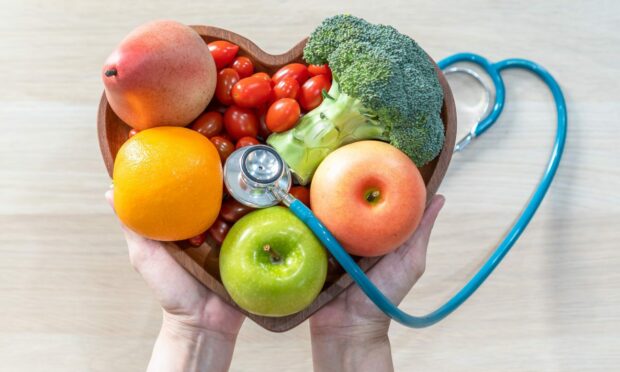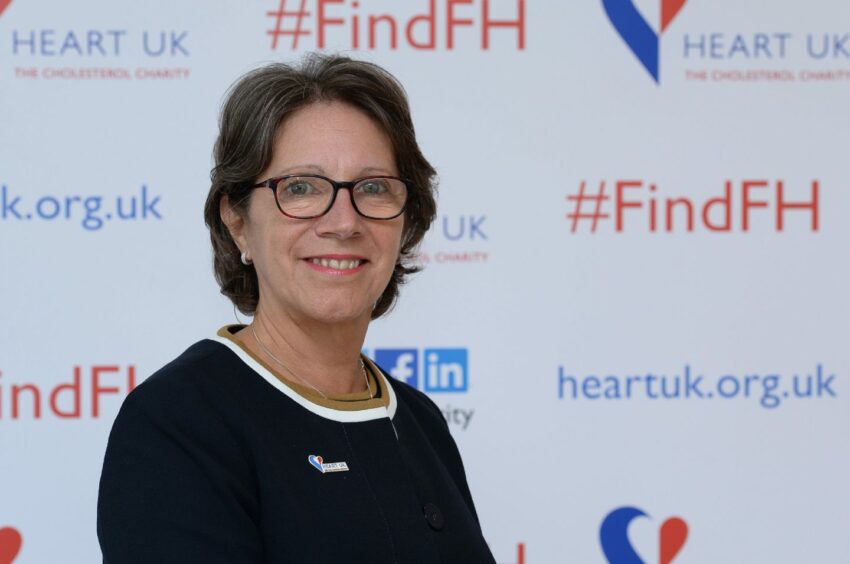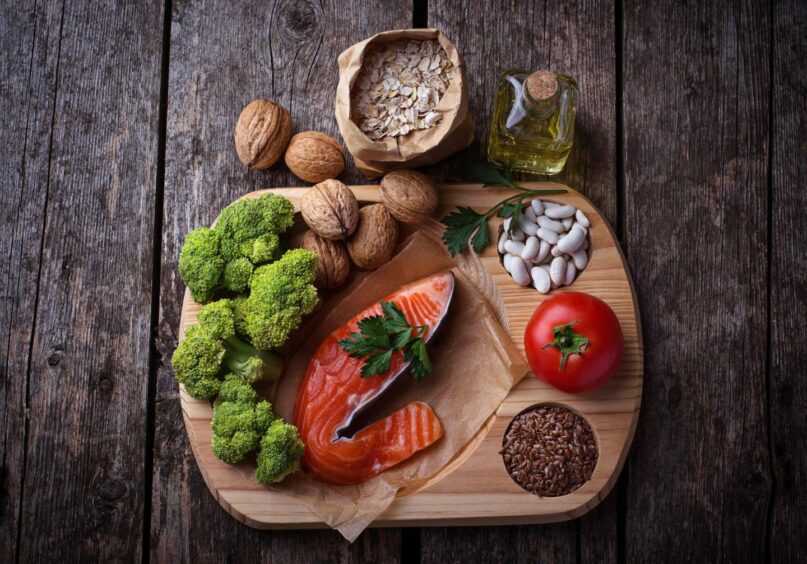If you’ve got raised cholesterol, the first symptom you get could be a heart attack or stroke.
That’s the scary reality of this fatty substance in our blood, which we actually need to stay healthy, because every cell in our body uses it. But too much of it can lead to a higher risk of cardiovascular problems, such as heart attacks and strokes.
The British Heart Foundation (bhf.org.uk) estimates that close to half of UK adults have cholesterol levels above national guidelines (total cholesterol greater than 5mmol/L), yet new research by Novartis Pharmaceuticals shows more than three-quarters (77%) of people don’t know what a good cholesterol level is in a healthy adult, and only 6% know the NHS recommends people aged over 40 should get their cholesterol levels checked every five years.
“Two out of every five people have raised cholesterol,” says GP Dr Sarah Jarvis. “Many are living with a ticking time bomb without knowing it, and don’t realise how vital cholesterol is to heart health.
“Too much cholesterol in your blood can clog your arteries and lead to heart attack and stroke. Yet if people don’t have chest pain or palpitations and feel fine, they often assume they have nothing to worry about.
“But raised cholesterol very rarely causes any signs. That means people don’t know they have it, or even start thinking about their levels, until they have a serious health issue such as a heart attack.”
There are two main types of cholesterol – high-density lipoproteins (HDL) is “good” cholesterol, because it gets rid of the “bad” non-high-density lipoproteins (non-HDL) cholesterol from your blood, taking cholesterol you don’t need back to the liver, where it’s broken down.
Non-HDL cholesterol is “bad” because it can build up inside blood vessel walls, causing narrowing of the arteries, which increases the risk of heart attacks or strokes. The BHF says non-HDL cholesterol is associated with one in four heart and circulatory disease deaths.
Cholesterol is produced naturally in the liver, and some comes from what we eat. The cholesterol charity Heart UK (heartuk.org.uk) says high cholesterol can be caused by many things, including lifestyle and health problems, plus some factors that we can’t control, such as age – high cholesterol is more likely as you get older; gender – men are more likely to have high cholesterol; and family history – around one in 250 people have familial hypercholesterolaemia (FH), an inherited condition where cholesterol levels are higher than normal from birth.
Jules Payne, chief executive of Heart UK, says: “Most people will understand that lower cholesterol levels are likely to be good for our heart health. However, what’s less well known is that a number of different factors can lead to high cholesterol. While there’s not a lot you can do about things like family history, age and gender, there are ways for people to lower and manage their levels. Making simple changes to lifestyle can keep your cholesterol levels and heart healthier.”
Here’s what you can do to help lower your cholesterol.
Eat a heart-healthy diet
Heart UK recommends you cut down on saturated fats and replace some with unsaturated fats – vegetable oils, such as rapeseed and olive oils, and nuts, seeds and avocados are good sources. Switch to wholegrain foods, like wholegrain bread and pasta, instead of white bread and pasta, and eat at least five portions of fruit and vegetables every day.
Choose healthy sources of protein, such as low-fat dairy foods instead of full-fat varieties, and chicken, beans, fish, nuts and seeds instead of red meat. If red meat is eaten, go for lean meat. Try and eat two portions of fish a week, with at least one being oily, like salmon, sardines and mackerel.
Eat fewer processed foods such as biscuits, cakes and pastries, as these can be high in saturated fat, and choose foods fortified with sterols and stanols, such as spreads and dairy products, as these can help to decrease the levels of cholesterol in your blood.
Get active
Being active is an important part of looking after your cholesterol levels – Heart UK says exercise can help raise HDL cholesterol levels and lower non-HDL cholesterol, as well as helping you lose weight or stay a healthy weight.
The NHS recommends adults should aim to do at least 150 minutes of moderate intensity activity or 75 minutes of intense activity every week. “Simple measures that can be taken, such as adding another hour or two to weekly exercise, can make a huge difference.”
Stop smoking
Heart UK says smoking makes non-HDL cholesterol “stickier”, so it clings to artery walls and clogs them up, and it lowers levels of “good” HDL cholesterol.
Smoking also damages artery walls, leading to cholesterol collecting in the damaged areas.
Take medication like statins
Lifestyle changes alone may not be enough to reduce cholesterol, and if you have raised levels you may be prescribed medication, usually statins, which Heart UK says can reduce your non-HDL cholesterol by 30%-50%.
Statins may help reduce cholesterol levels whether they’re raised because of your lifestyle or by genetic conditions like FH.





Conversation